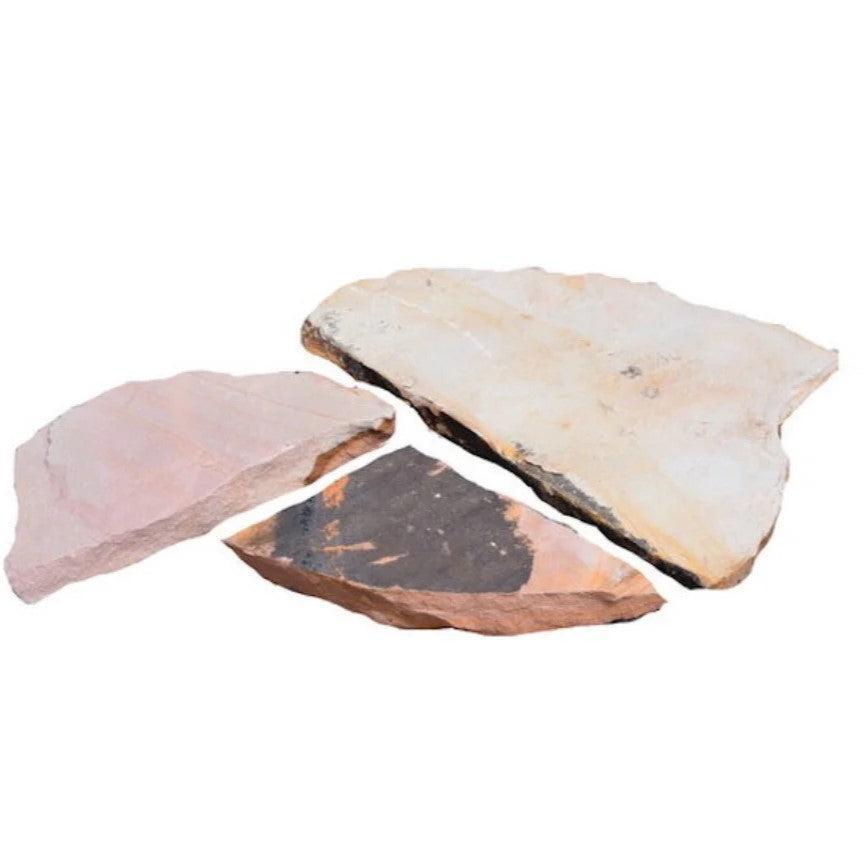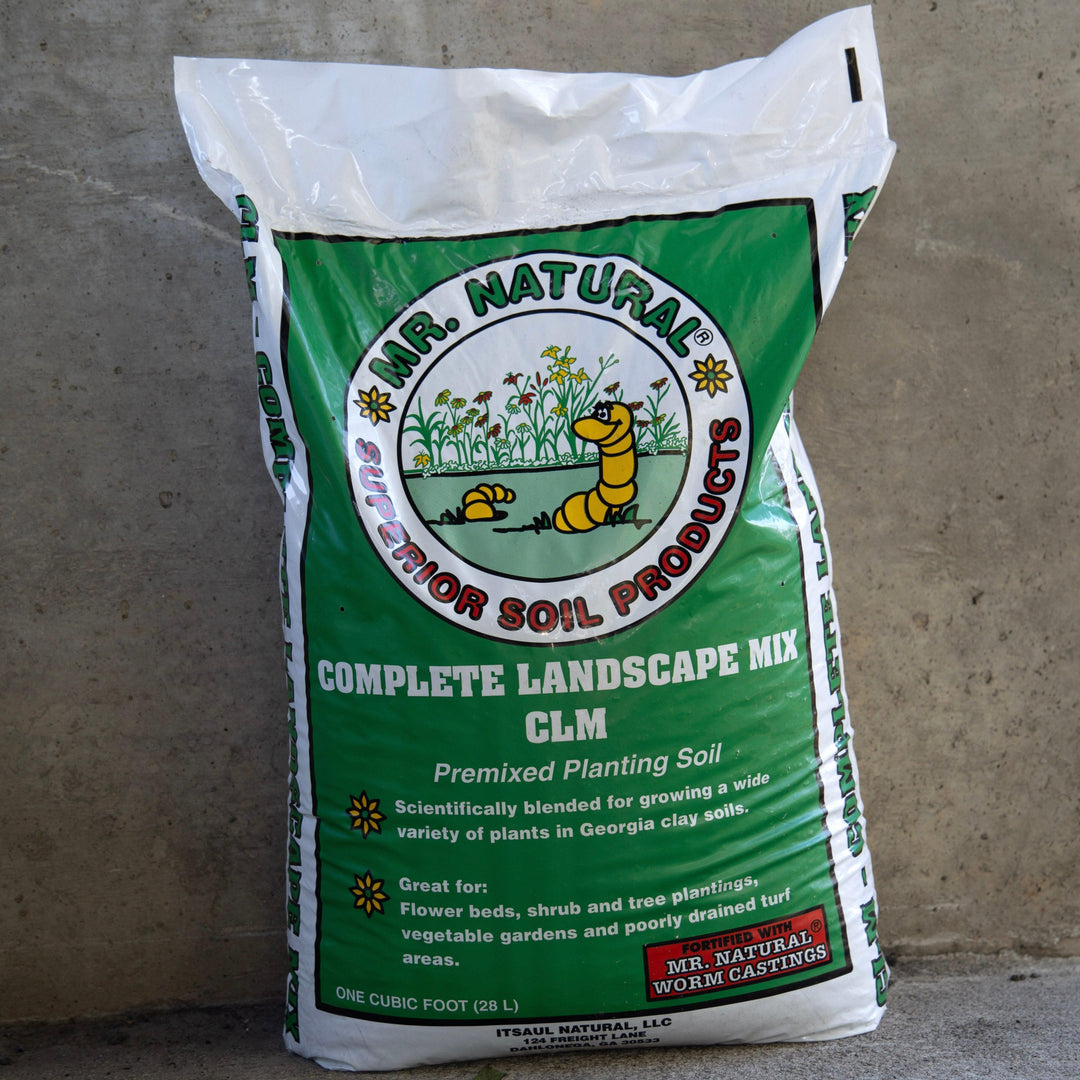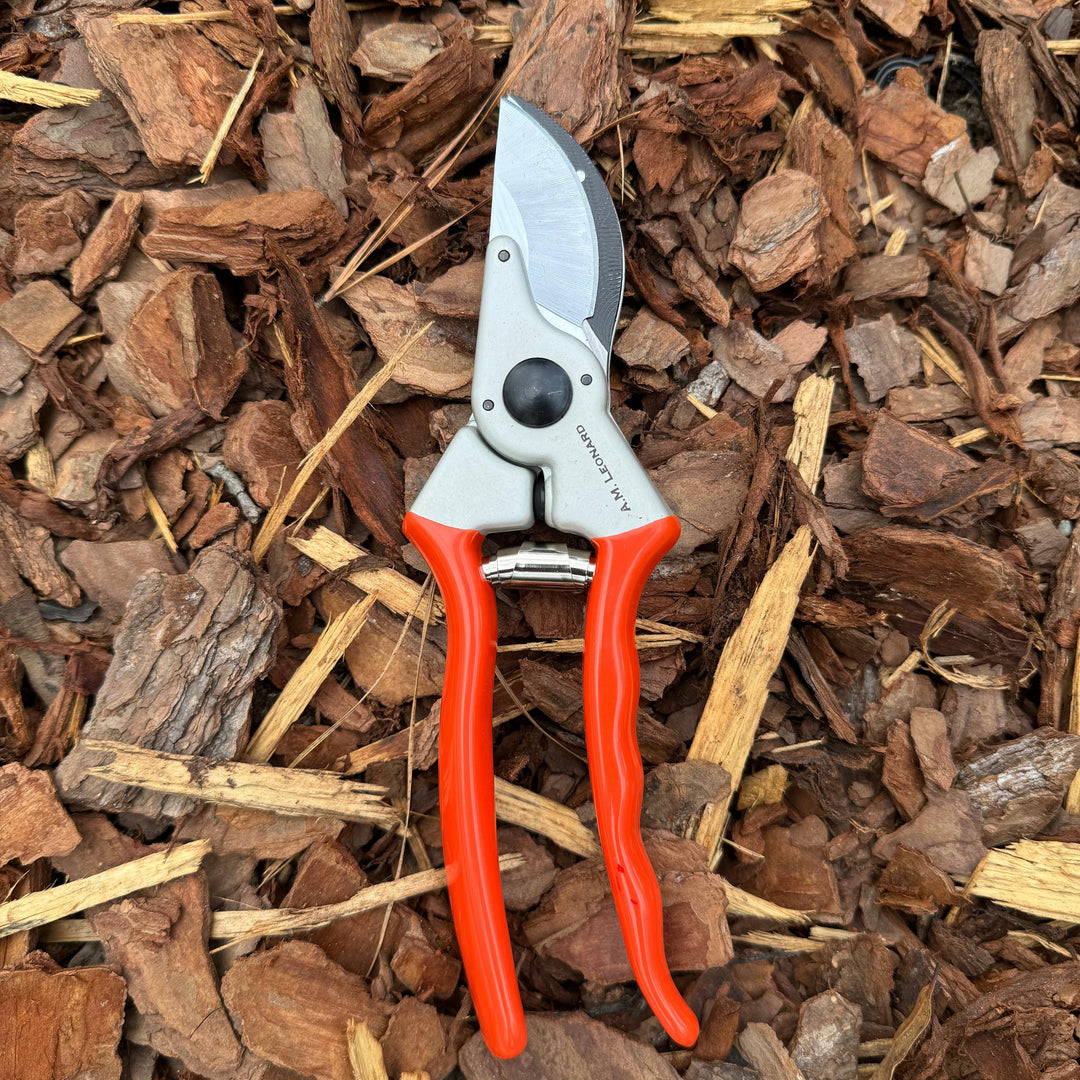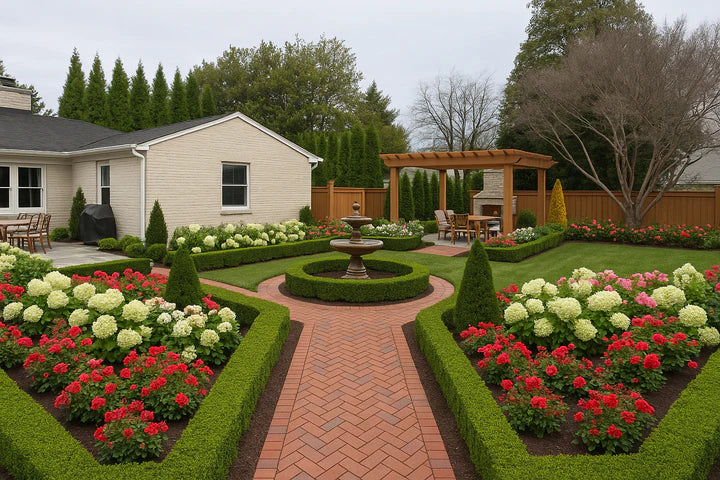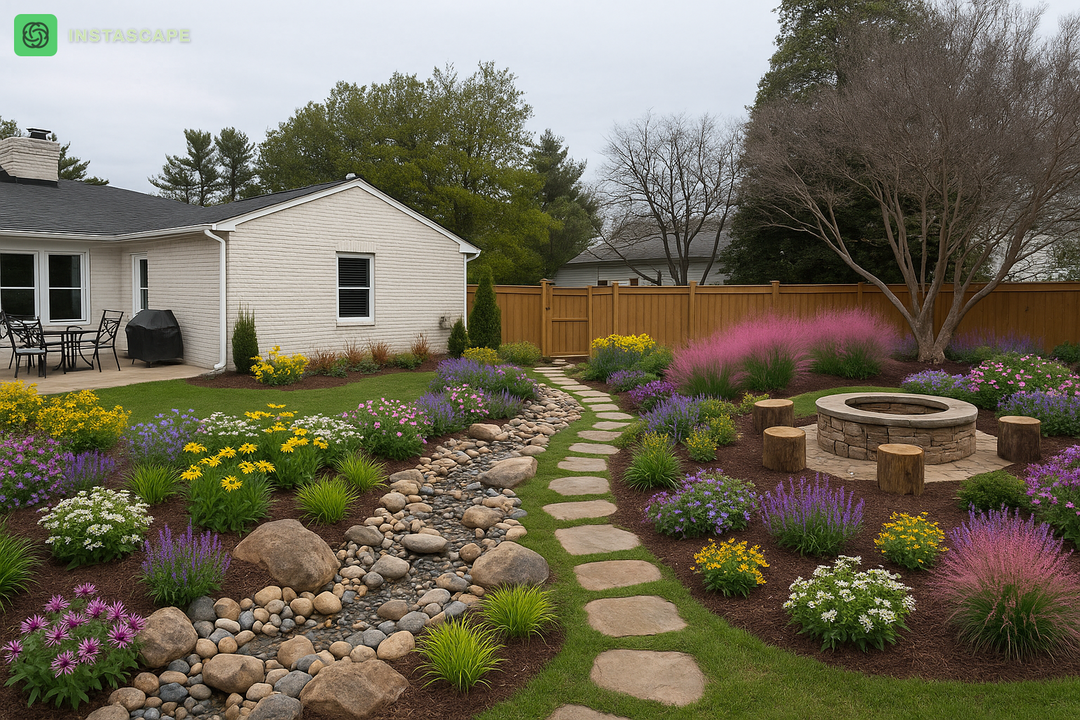Alpine Juniper is a ground-hugging coniferous tree with a prostrate form and needle-like foliage that bronzes in winter. Small blue berries persist in winter. Best planted in full sun and well-drained soils. Drought Tolerant once established.
Syn. with J. C subsp. nana, J. c. var. saxatilis, and J. c. var montana.
|
Type: |
Tree |
|
Origins: |
Eurasia |
|
Height: |
- 0.5' |
|
Spread: |
4' - 6' |
|
Spacing: |
5' |
|
USDA Hardiness Zone: |
6 - 10 |
|
Culture: |
Full Sun |
|
Bloom Color: |
N/A |
|
Season of Interest: |
Year-Round |
MAINTENANCE NEEDS: Low Maintenance. Junipers are generally susceptible to blights, especially in unusually wet weather. Rust and canker may occur, though it is not serious. Potential pests include aphids, bagworms, webworms, and scale.
LANDSCAPE USES: Accents or Group Plantings, Borders, Rock Gardens, Naturalized Areas, Groundcover.
COMPANION PLANTS: Dwarf Yew, Sedum, Coneflower
IMAGES: Andreas Eichler, 2017.01.27.-61-Paradiski-La Plagne-Champagny-en-Vanoise--Alpen-Wacholder, CC BY-SA 4.0, (2) Brett Hodnett, East Coast Trail (43132778905), CC BY-SA 2.0, (3) Isidre blanc, JUNIPERUS COMMUNIS SUBSP. ALPINA - IB-277 (Ginebró), CC BY-SA 4.0
*As plants have ranges in appearance they may not appear as the images shown.





















